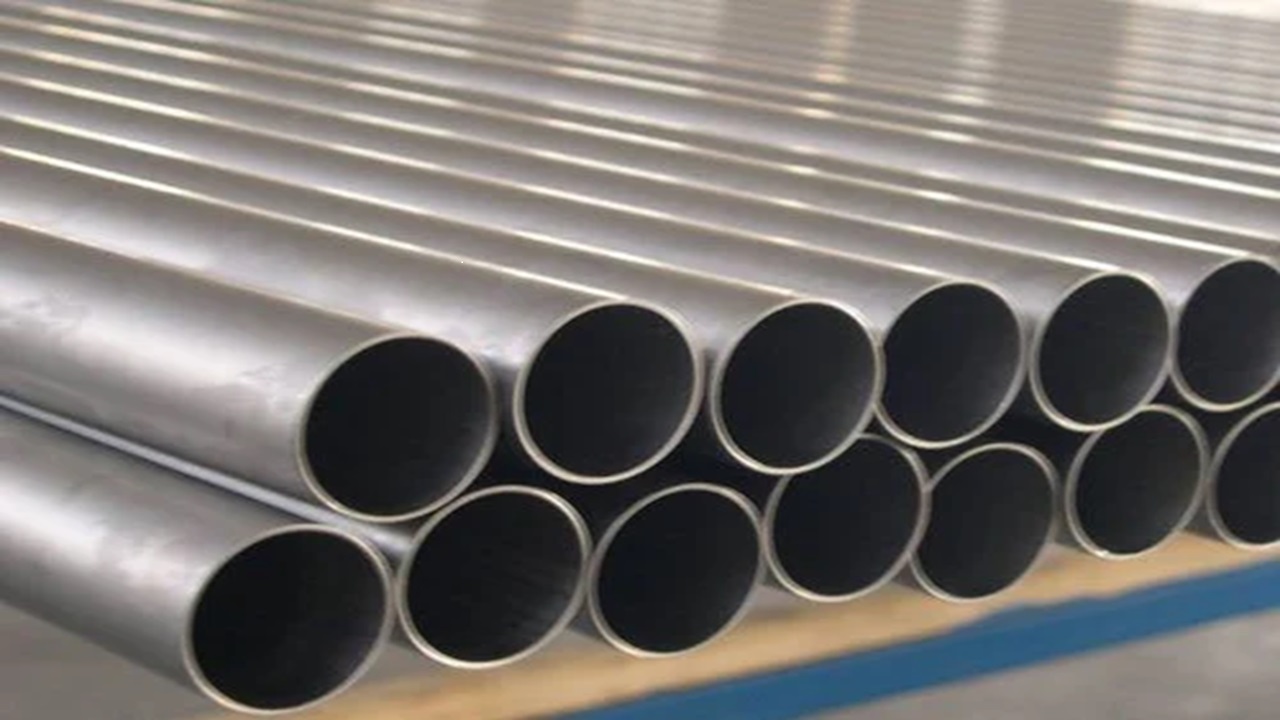Contemporary architecture is witnessing a paradigm shift by incorporating advanced materials and technologies. One such material that has become integral to modern construction practices is ASTM A500, specifically astm a500 grade b. This versatile steel alloy has found innovative applications, pushing the boundaries of architectural design and construction methods.
ASTM A500 Grade B, known for its exceptional strength and durability, has become a preferred choice for architects and engineers seeking to create structures that not only stand the test of time but also exhibit a sleek and modern aesthetic.
Versatility in Design
One of the key reasons for the growing popularity of ASTM A500 Grade B in contemporary architecture is its versatility in design. Architects can now experiment with bold and intricate designs, pushing the limits of what is achievable with traditional construction materials. The high strength-to-weight ratio of ASTM A500 Grade B allows for the creation of slender and elegant structures without compromising structural integrity.
From soaring skyscrapers to avant-garde bridges, the applications of ASTM A500 Grade B are as diverse as the imaginations of architects. Its ability to be easily fabricated into various shapes and sizes enables the realization of complex architectural visions that were once considered impractical.
Sustainability and Resilience
In an era where sustainability is at the forefront of architectural considerations, ASTM A500 Grade B stands out as an environmentally conscious choice. The steel used in this alloy is recyclable, contributing to reduced environmental impact and resource conservation. The long lifespan of structures built with ASTM A500 Grade B further adds to its sustainability credentials, as it minimizes the need for frequent replacements and renovations.
Moreover, the resilience of ASTM A500 Grade B against harsh weather conditions and seismic activity enhances the structural integrity of buildings. This is particularly crucial in regions prone to natural disasters, where the robustness of materials can make a significant difference in ensuring the safety of inhabitants.
Cost-Effective Solutions
While innovation often comes with a perception of higher costs, ASTM A500 Grade B breaks this stereotype by offering cost-effective solutions in contemporary architecture. The ease of fabrication and installation, coupled with the durability that reduces maintenance expenses over the long term, makes it an economically viable choice for ambitious architectural projects.
Architects and builders can achieve ambitious designs without exceeding budget constraints, making ASTM A500 Grade B a preferred material in both commercial and residential construction.
Conclusion
In conclusion, the innovative applications of ASTM A500 Grade B in contemporary architecture have reshaped the landscape of construction. Its versatility in design, sustainability, resilience, and cost-effectiveness make it a material of choice for architects and engineers aiming to push the boundaries of what is possible in modern construction.
As we continue to witness the evolution of architectural practices, ASTM A500 Grade B remains at the forefront, enabling the realization of structures that seamlessly blend form and function. The integration of this advanced steel alloy in architectural projects is a testament to the industry’s commitment to progress and adaptability, ensuring that the buildings of tomorrow are not only visually stunning but also built to last.

Armstrong
Armstrong is a designer of technology products. He has a B.S. in electrical engineering and an M.S. in computer science from Stanford University, and he has worked at several startups, including Google and Facebook. He is the co-founder of Conversion.ai, Proof, and Apptopia.